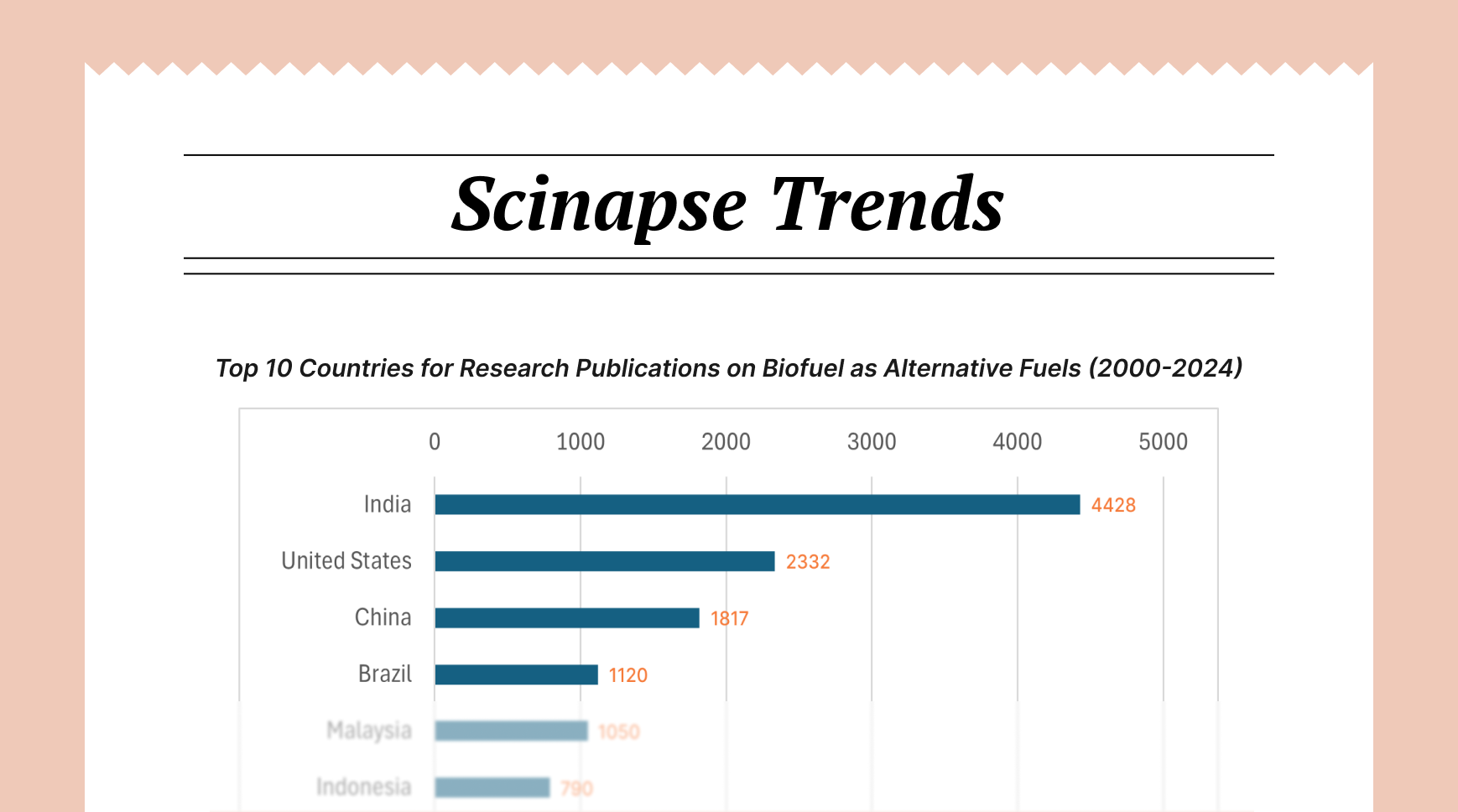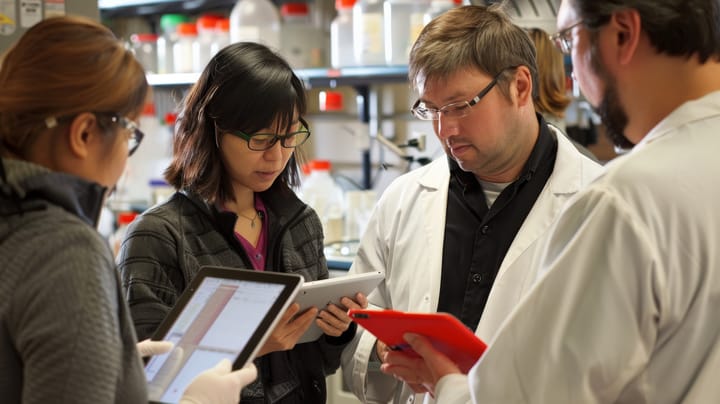Strategies for Effective Stakeholder Communication Using Research Impact Data Insights

What Is Research Impact?
Research impact represents how scholarly work goes beyond academic publications, extending into real-world applications and societal advancement. Effective stakeholder communication is crucial in translating complex research findings into actionable insights that resonate with diverse audiences.
Why Is Research Impact Measurement Important?
Research impact extends far beyond traditional publication metrics. It encompasses the broader influence of scholarly work on academic discourse, policy development, technological innovation, and social progress. Modern stakeholders demand more than anecdotal evidence; they seek robust, quantifiable proof of research significance.

The shift towards comprehensive research impact measurement requires a multifaceted approach. Researchers must now capture both quantitative metrics and qualitative narratives that illustrate the real-world implications of their work. This involves tracking citations, policy influences, technological applications, economic contributions, and societal transformations resulting from scholarly investigations.
How to Use Research Impact Data to Influence Stakeholders?
Effective impact communication begins with meticulous data presentation. All stakeholders of the research community, including research managers, R&D heads, scientific officers, corporate scientists, and all other decision-makers should develop systematic approaches to gathering impact-related information across multiple domains:
- Academic Impact: Citation indices, interdisciplinary references, and scholarly discourse engagement
- Economic Impact: Industry collaborations, patent developments, and commercial innovations
- Policy Impact: Legislative references, governmental policy changes, and regulatory frameworks
- Societal Impact: Community transformation, public discourse influence, and social innovation metrics
The data preparation process demands rigorous standardization and ethical considerations. Researchers must ensure data integrity, protect confidentiality, and develop transparent methodologies for impact assessment.
Visualization Techniques for Research Impact Communication With Stakeholders
Raw data alone rarely captures stakeholders' imagination. The art of transforming complex research metrics into compelling visual narratives is crucial. Advanced visualization techniques can translate intricate datasets into intuitive, engaging representations that communicate value instantly.
Effective visualizations should:
- Simplify complex information
- Highlight key trends and insights
- Create intellectual resonance
- Enable quick comprehension of research significance
Scinapse provides sophisticated analytics capabilities that transform impact measurement from a challenging task to a strategic advantage.

Researchers and institutions must embrace data-driven approaches that demonstrate value transparently and compellingly. By leveraging advanced tools like Scinapse, developing sophisticated visualization techniques, and crafting nuanced narratives, scholars can effectively communicate their contributions to a diverse range of stakeholders.
Author: Uttkarsha B
- AI-Ethicist and STM Research & Publishing Expert
Never re-search again.
Scinapse is made by researchers for researchers.
Join the next generation of research at ⏯️ https://scinapse.io/
Pluto Labs
Pluto Labs helps researchers focus on their research by improving several inefficiencies in the academic research process. We offer data-driven insights from academic papers, allowing users to easily obtain review-level results for their desired range of papers.
https://pluto.im/





Comments ()